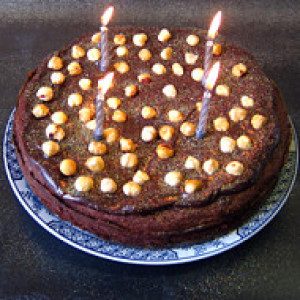The unicorn in captivity
This is from the series of unicorn tapestries in Stirling Castle which are modern copies of late medieval tapestries in the Met Museum in New York.
I had wanted to see the tapestries for a while so suggested Stirling as a place to meet up with three friends who I know from when we were all student nurses together - a very long time ago! They had all turned 60 within the last few months (being youngsters in comparison to me as I did that two years ago). We had a lovely time with a fair amount of blethering, eating and drinking as well as seeing the tapestries.
I was interested to learn of the symbolism of the unicorn, which has been a mythical beast in many different cultures and times, from at least the third millennium BC. In the Middle Ages there seemed to be parallel interpretations of unicorn myths where the unicorn was either the lover in courtly love or Christ. It's possible that this tapestry didn't form part of the series of unicorn tapestries in which the unicorn is captured and killed, but comes to life again. Here is what the Met has to say about it:
"The Unicorn in Captivity" may have been created as a single image rather than part of a series. In this instance, the unicorn probably represents the beloved tamed. He is tethered to a tree and constrained by a fence, but the chain is not secure and the fence is low enough to leap over: The unicorn could escape if he wished. Clearly, however, his confinement is a happy one, to which the ripe, seed-laden pomegranates in the tree—a medieval symbol of fertility and marriage—testify. The red stains on his flank do not appear to be blood, as there are no visible wounds like those in the hunting series; rather, they represent juice dripping from bursting pomegranates above. Many of the other plants represented here, such as wild orchid, bistort, and thistle, echo this theme of marriage and procreation: they were acclaimed in the Middle Ages as fertility aids for both men and women. Even the little frog, nestled among the violets at the lower right, was cited by medieval writers for its noisy mating.

Comments
Sign in or get an account to comment.


